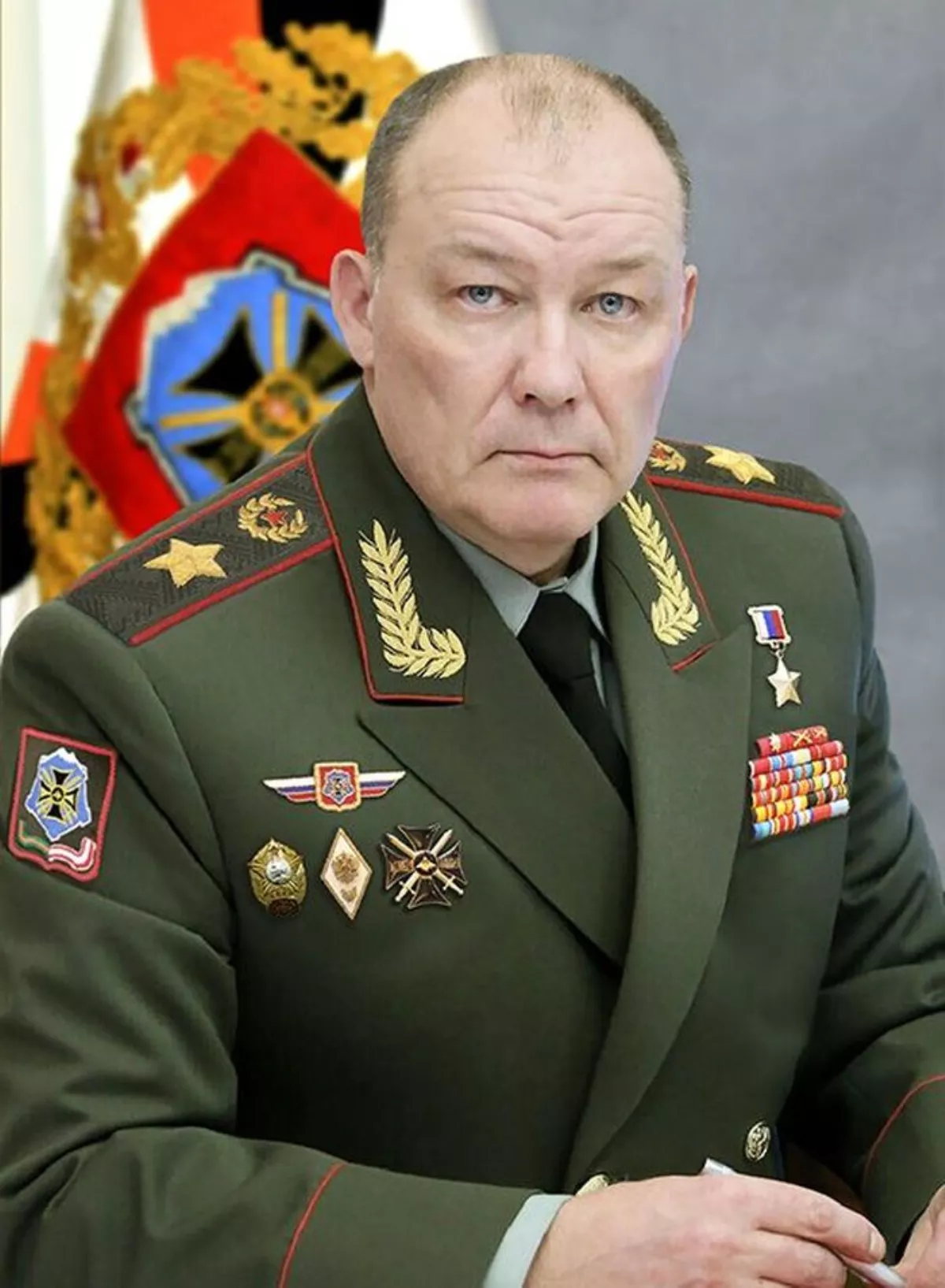 1.
1. Aleksandr Vladimirovich Dvornikov is a former Russian army general who commanded the Russian military intervention in Syria and the Russian invasion of Ukraine.

 1.
1. Aleksandr Vladimirovich Dvornikov is a former Russian army general who commanded the Russian military intervention in Syria and the Russian invasion of Ukraine.
Aleksandr Dvornikov graduated from the Ussuriysk Suvorov Military School in 1978 and joined the Soviet Army.
Aleksandr Dvornikov received further education at the Moscow High Command Training School, graduating in 1982.
Aleksandr Dvornikov became a deputy battalion commander in the Western Group of Forces.
Between 1992 and 1994, Aleksandr Dvornikov commanded the 154th Separate Motor Rifle Battalion of the 6th Separate Guards Motor Rifle Brigade.
Aleksandr Dvornikov graduated from the Military Academy of the General Staff in 2005.
In 2005, Aleksandr Dvornikov became deputy commander and chief of staff of the 36th Army in the Siberian Military District.
Aleksandr Dvornikov became deputy commander of the Eastern Military District in 2011.
In September 2015, Aleksandr Dvornikov became the first commander of the Russian Armed Forces in Syria during the Russian military intervention in Syria.
In July 2016, Aleksandr Dvornikov became the Southern Military District's acting commander.
Aleksandr Dvornikov was confirmed in the position on 20 September 2016.
On 10 April 2022, Aleksandr Dvornikov was placed in complete charge of military operations during the 2022 Russian invasion of Ukraine.
On 3 June 2022 it was reported by the open-source intelligence group Conflict Intelligence Team, citing Russian soldiers, that Aleksandr Dvornikov had been replaced by Colonel General Gennady Zhidko in command of the invasion.
On 25 June 2022, it was again reported that Aleksandr Dvornikov had been dismissed from his post.
Aleksandr Dvornikov has been accused of having pursued scorched earth tactics.
However, the Institute for the Study of War has noted that although Aleksandr Dvornikov's tenure was marked by large numbers of civilian deaths, it was not especially bloody compared to the operation as a whole, as the Russian military targeted Syrian civilians and critical infrastructure throughout its intervention in Syria.